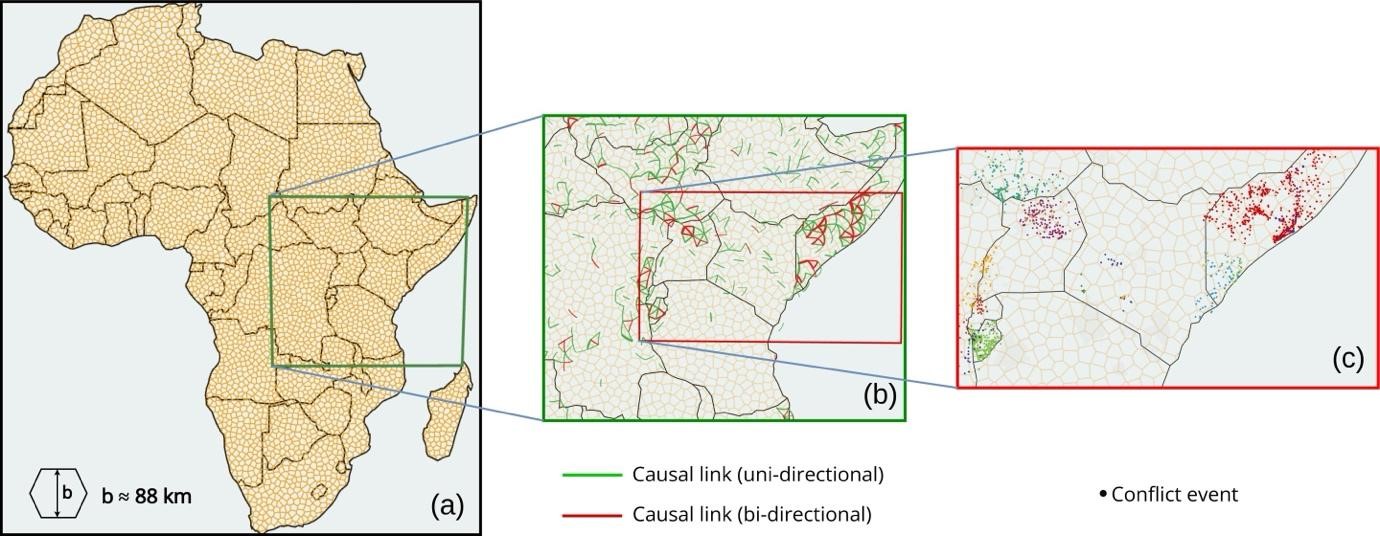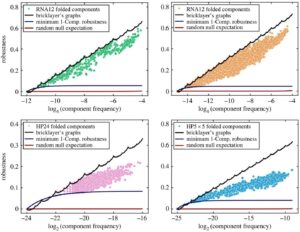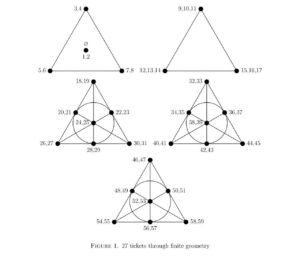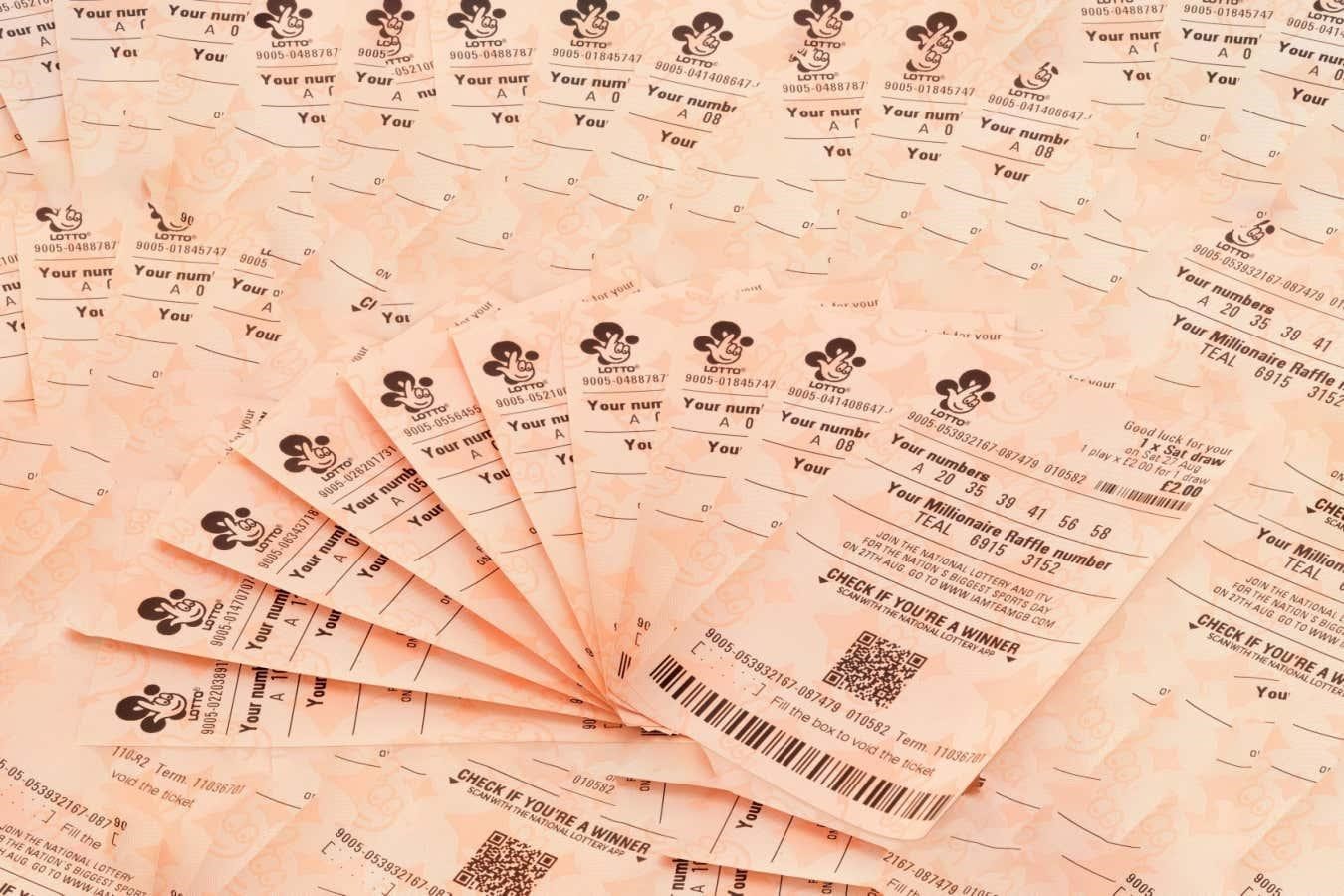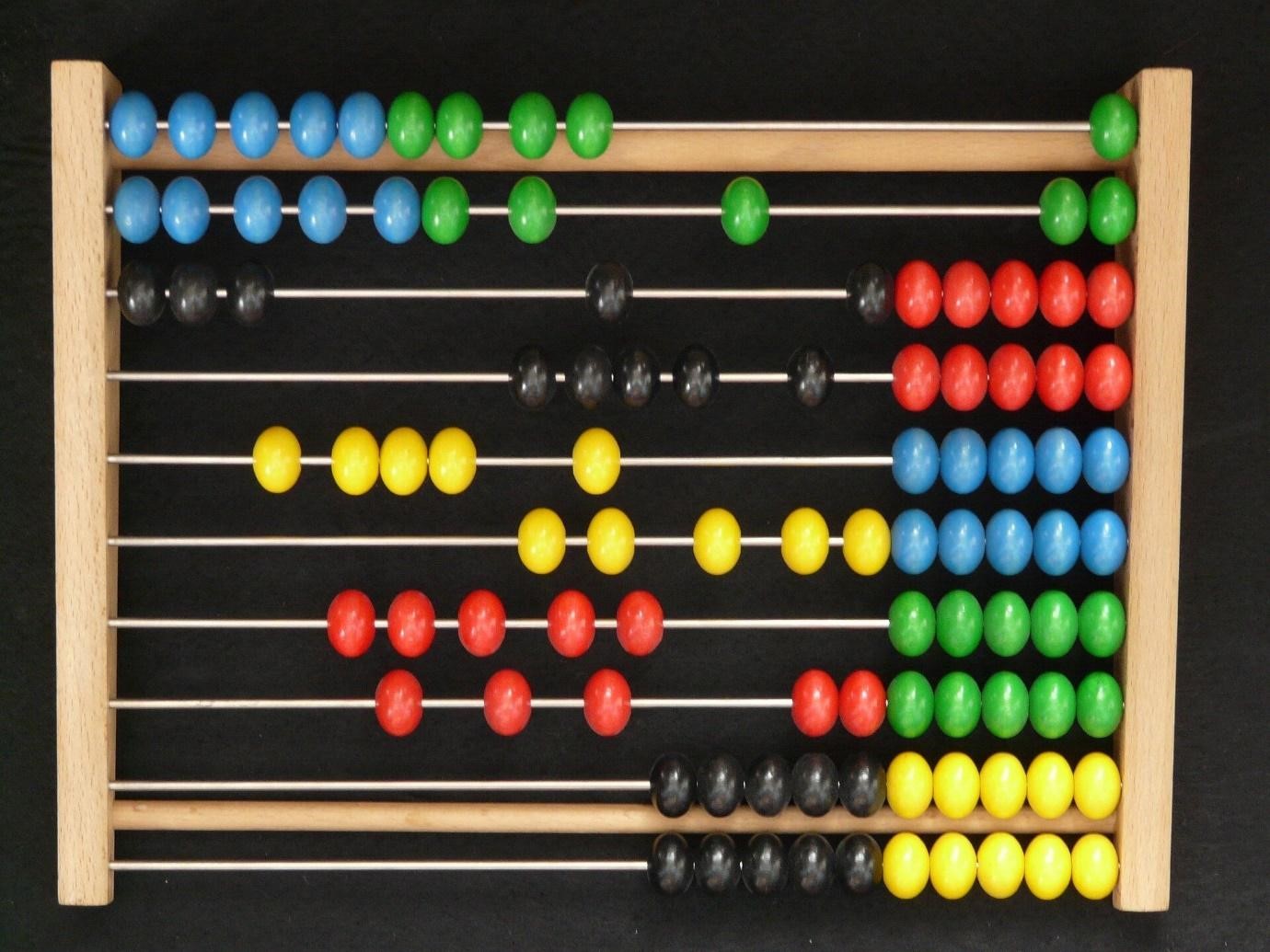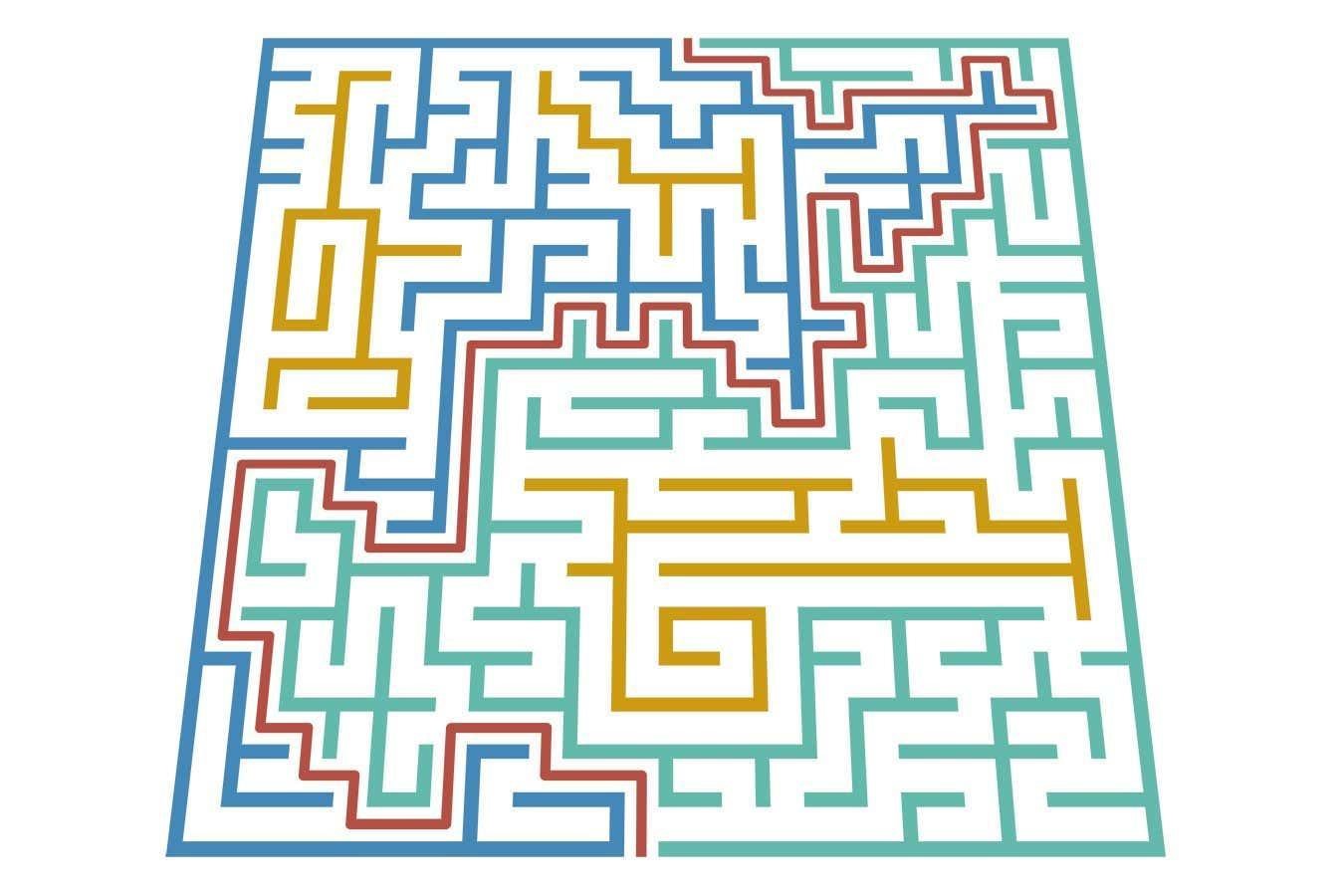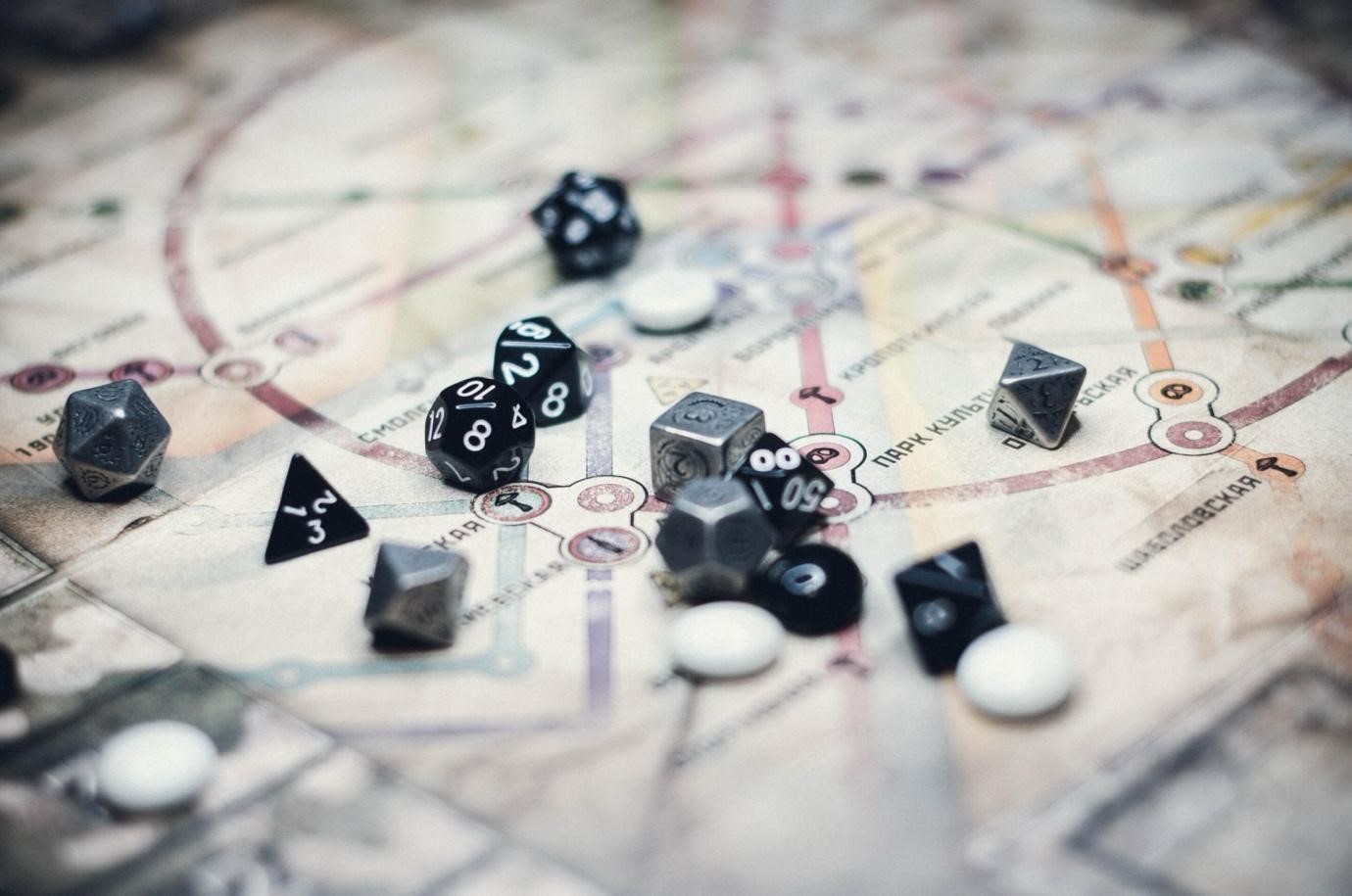Around the world, political violence increased by 27% last year, affecting 1.7 billion people. The numbers come from the Armed Conflict Location & Event Data Project (ACLED), which collects real-time data on conflict events worldwide.
Some armed conflicts occur between states, such as Russia’s invasion of Ukraine. There are, however, many more that take place within the borders of a single state. In Nigeria, violence, particularly from Boko Haram, has escalated in the past few years. In Somalia, populations remain at risk amidst conflict and attacks perpetrated by armed groups, particularly Al-Shabaab.
To address the challenge of understanding how violent events spread, a team at the Complexity Science Hub (CSH) created a mathematical method that transforms raw data on armed conflicts into meaningful clusters by detecting causal links.
“Our main question was: what is a conflict? How can we define it?,” says CSH scientist Niraj Kushwaha, one of the co-authors of the study published in the latest issue of PNAS Nexus. “It was important for us to find a quantitative and bias-free way to see if there were any correlations between different violent events, just by looking at the data.”
“We often tell multiple narratives about a single conflict, which depend on whether we zoom in on it as an example of local tension or zoom out from it and consider it as part of a geopolitical plot; these are not necessarily incompatible,” explains co-author Eddie Lee, a postdoctoral fellow at CSH. “Our technique allows us to titrate between them and fill out a multiscale portrait of conflict.”
In order to investigate the many scales of political violence, the researchers turned to physics and biophysics for inspiration. The approach they developed is inspired by studies of stress propagation in collapsing materials and of neural cascades in the brain.
Kushwaha and Lee used data on violent battles in Africa between 1997 and 2019 from ACLED. In their analysis, they divided the geographic area into a grid of cells and time into sequential slices. The authors predicted when and where new battles would emerge by analysing the presence or absence of battles in each cell over time.
“If there’s a link between two cells, it means a conflict at one location can predict a conflict at another location,” explains Kushwaha. “By using this causal network, we can cluster different conflict events.”
Snow and sandpile avalanches
Observing the dynamics of the clusters, the scientists found that armed clashes spread like avalanches. “In a way evocative of snow or sandpile avalanches, a conflict originates in one place and cascades from there. There is a similar cascading effect in armed conflicts,” explains Kushwaha.
The team also identified a “mesoscale” for political violence —a time scale of a few days to months and a spatial scale of tens to hundreds of kilometers. Violence seems to propagate on these scales, according to Kushwaha and Lee.
Additionally, they found that their conflict statistics matched those from field studies such as in Eastern Nigeria, Somalia, and Sierra Leone. “We connected Fulani militia violence with Boko Haram battles in Nigeria, suggesting that these conflicts are related to one another,” details Kushwaha. The Fulani are an ethnic group living mainly in the Sahel and West Africa.
Policymakers and international agencies could benefit from the approach, according to the authors. The model could help uncover unseen causal links in violent conflicts. Additionally, it could one day help forecast the development of a war at an early stage. “By using this approach, policy decisions could be made more effectively, such as where resources should be allocated,” notes Kushwaha.
For more such insights, log into our website https://international-maths-challenge.com
Credit of the article given to Complexity Science Hub Vienna

